By reflecting light from their surroundings, mirrors can create virtual subjects for your photography. But how you decide to use them entirely depends on your creative thought process. In this video, COOPH shares six tips on how to use mirrors in your photography:
1. Mosaic
Get yourself a cheap mirror and shatter it carefully using something heavy like a hammer. Carefully stick the broken pieces to a line and hang them from a rod. If you place a subject in front of the mirror shards, you will get an image that looks like a mosaic.
2. Mirror Playground
You can use broken mirror pieces to reflect light on the subject and create bright spots. This can be used to highlight special features or create a point of attraction. Alternatively, you can use the broken pieces to superimpose reflections on the subject to create an illusion.
3. Symmetry
Using a plane mirror, you can photograph the subject along with their reflection to give a sense of perfect symmetry.
4. Trans-flection
Using an old window with a clean pane, frame one subject wearing dark clothing. Then, on the opposite side of the window pane, place your subject and illuminate them with a spotlight. Angle the window pane in such a way that you get a clear reflection of the main subject on the glass. This method will get you an image that’s a great combination of transmission and reflection.
5. Infinity
Using four plane mirrors, make a mirror box with openings on the top and the front. Then, place the object you’d like to photograph on the mirror box. The multiple reflections of the object on the mirrors will give a sense of infinity.
You can achieve an even more interesting effect by placing two mirrors facing each other.
6. Montage
Create an interesting image by placing reflections in the most unexpected places. For instance, take a tiny shard of glass and stick it carefully to your palm. You can then take an image by adjusting the angle to get reflections of an eye or anything else you might think of.
Or even stick the shard to a window overlooking a beautiful scene and angle to capture the reflection of your subject’s eye.
The possibilities are endless when using mirrors in your photography. What other interesting ideas do you have?
Like This Article?
Don't Miss The Next One!
Join over 100,000 photographers of all experience levels who receive our free photography tips and articles to stay current:
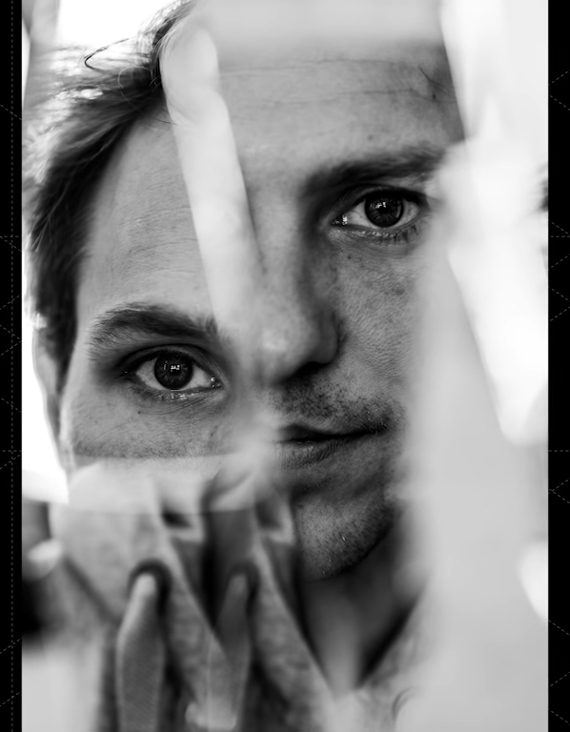
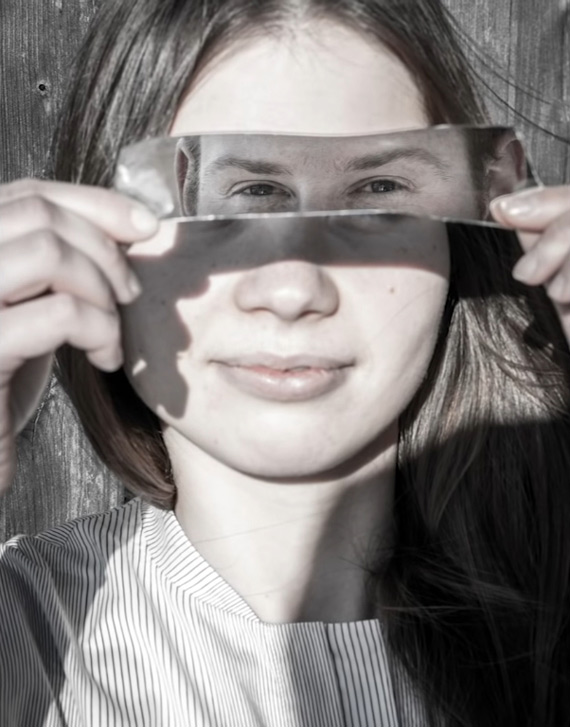
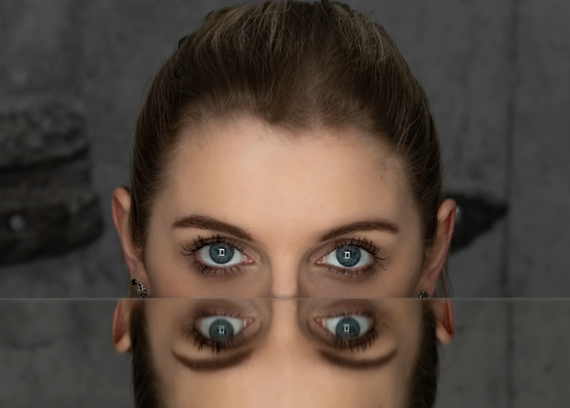
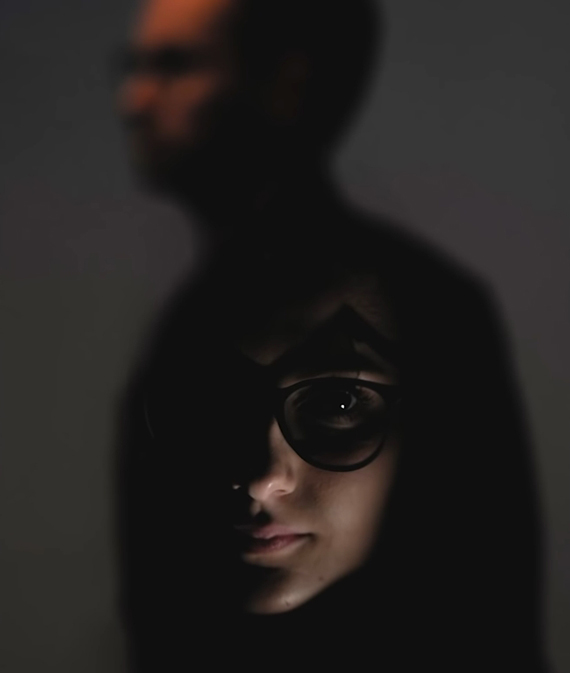
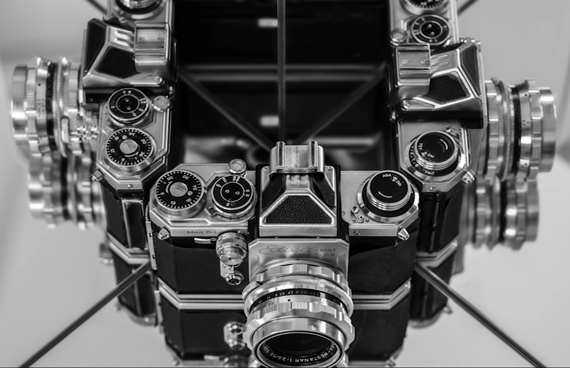
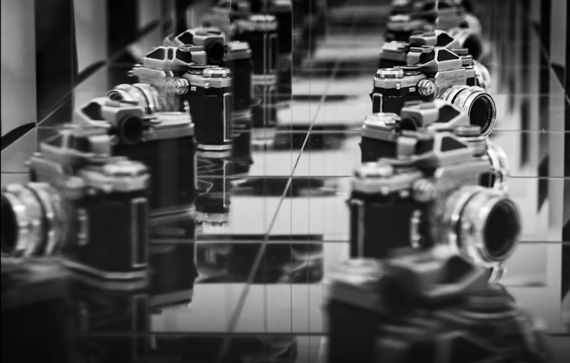
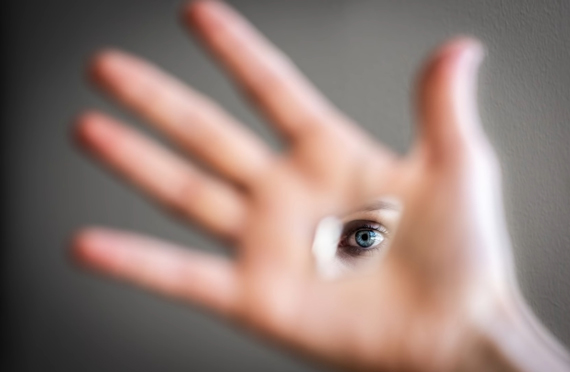
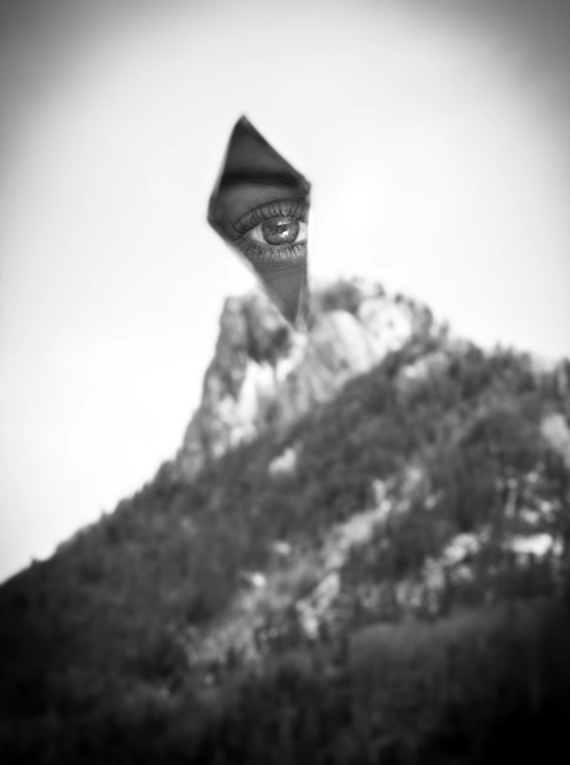






Leave a Reply